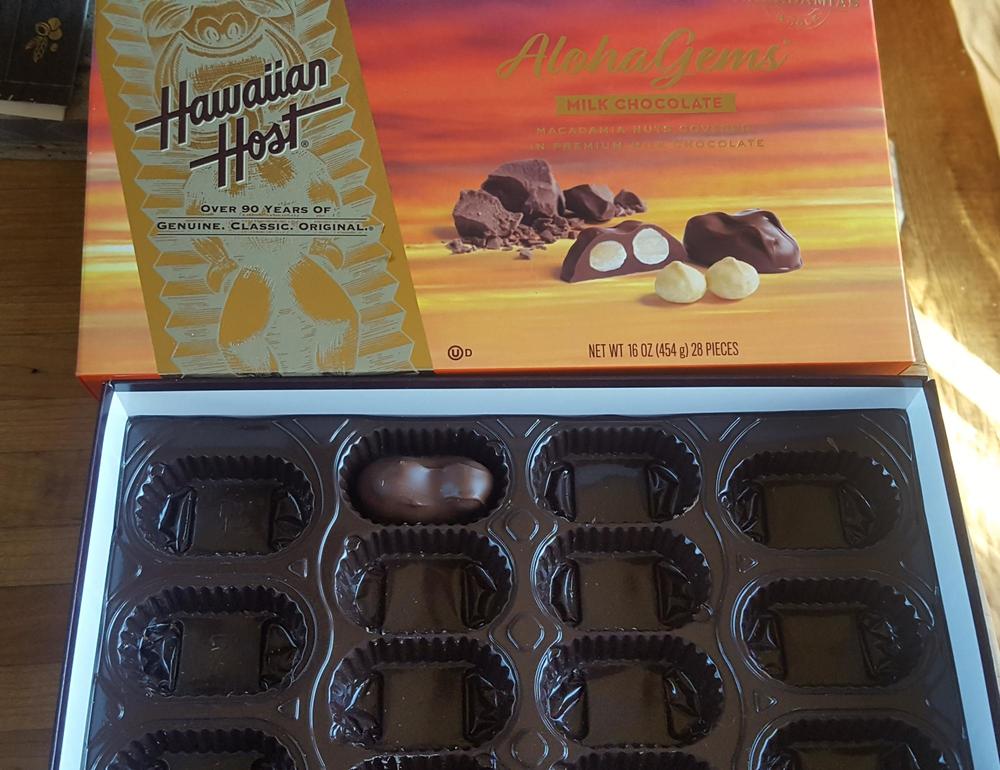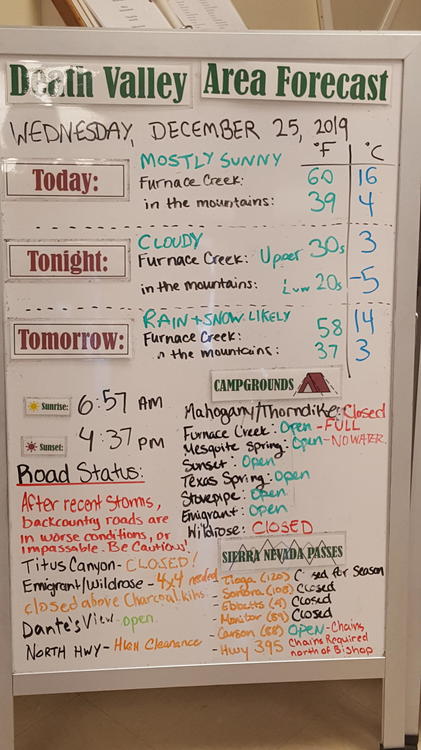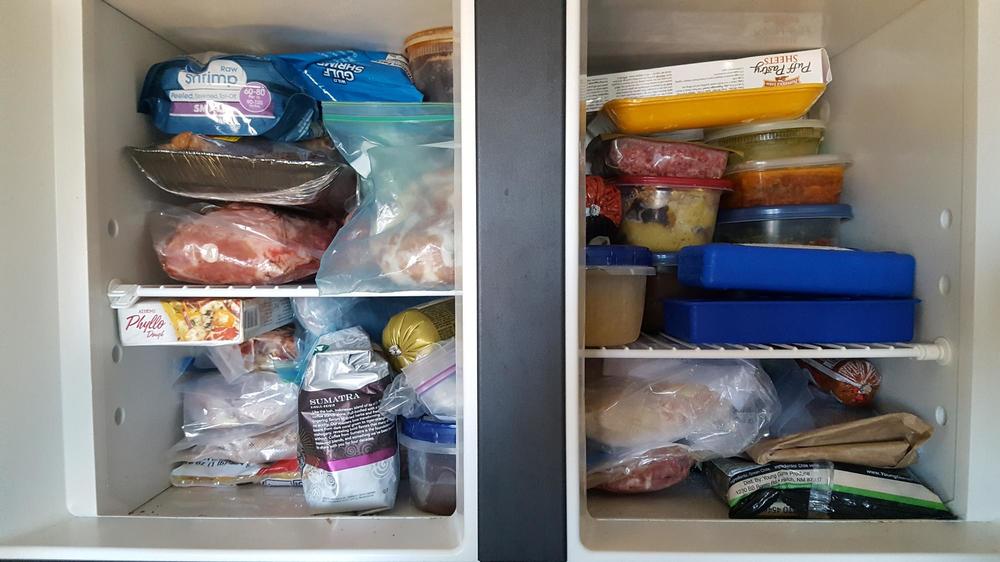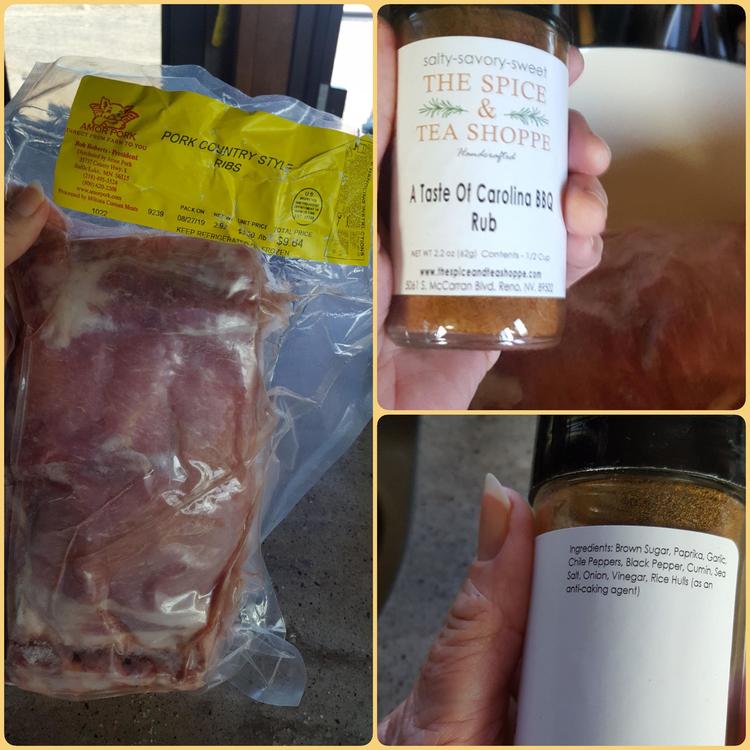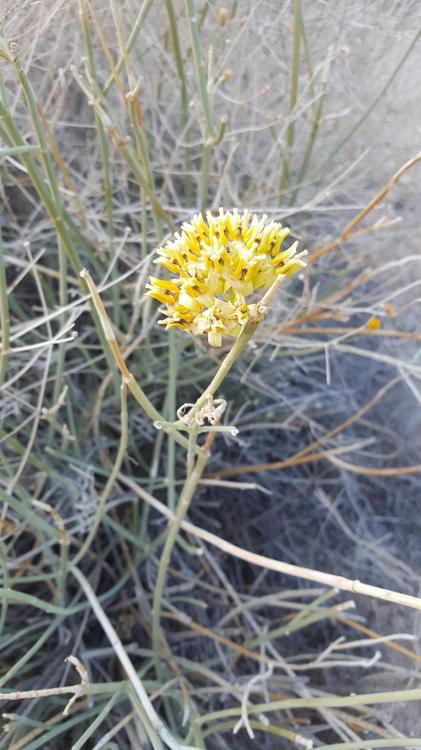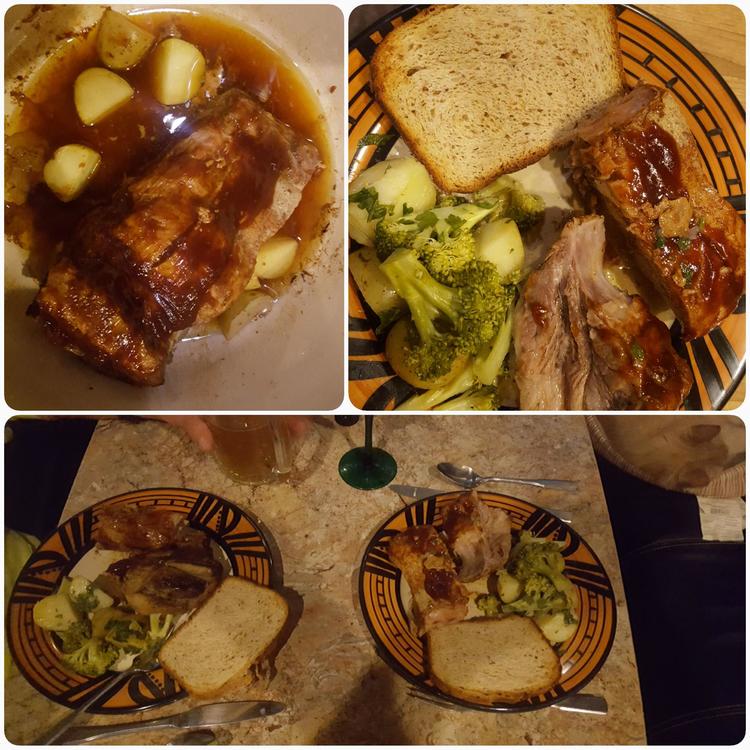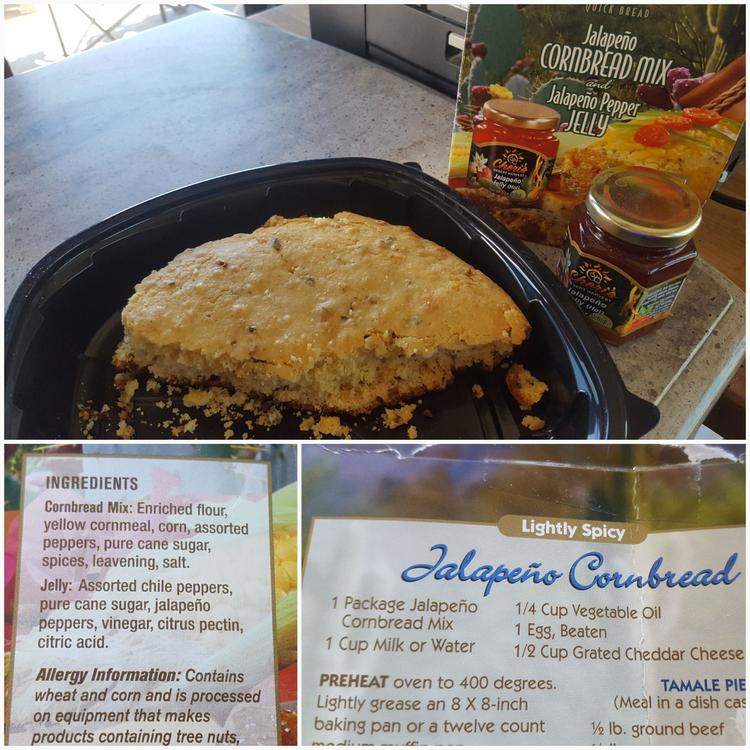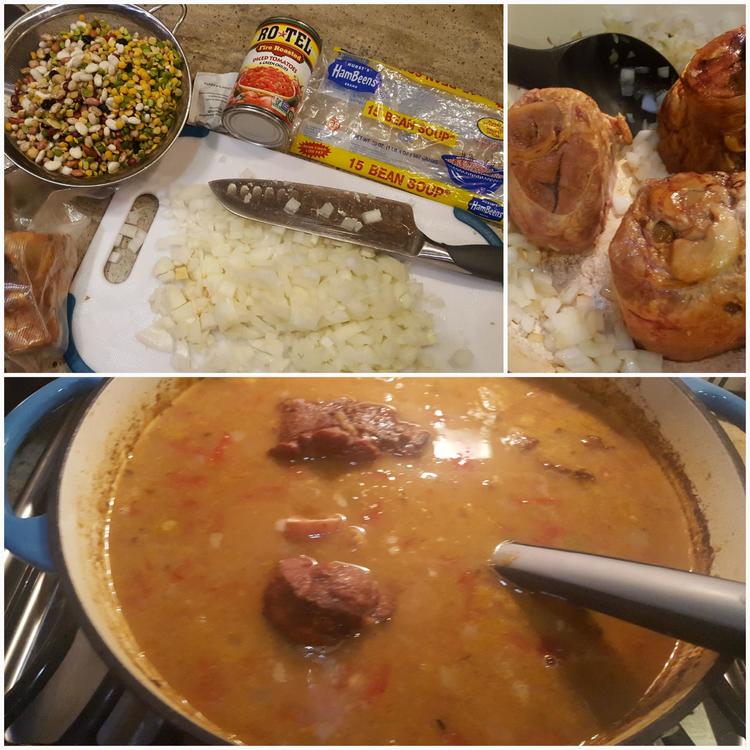-
Posts
13,573 -
Joined
-
Last visited
Content Type
Profiles
Forums
Store
Help Articles
Everything posted by Smithy
-
Capitalizing on New Year' resolutions, perhaps?
-

Holiday gifts. What food/drink related gifts did you get?
Smithy replied to a topic in Food Traditions & Culture
I love the buttery flavor and interesting texture of macadamias: the crunch followed by nearly melt-in-your-mouth. They are tough to crack, though! I once bought a package of shelled macadamias, figuring the extra price was worth it. Alas, I hoarded them and they went rancid. In the freezer. What a waste. So, if/when I make it back to the L.A. Basin, where would I look for these particular chocolates? I guessed they came from Costco (of which I am not a member) but maybe there are other sources? Your comment that the place is littered with them sounds promising. -

Holiday gifts. What food/drink related gifts did you get?
Smithy replied to a topic in Food Traditions & Culture
I just remembered that we got a food-related gift for Christmas. What reminded me was the sad realization that we'd come to the end of it. Oh my, these were good! I generally prefer dark chocolate to milk chocolate, but these were perfect. If I ever spot 'em in a store, I'm buying some. -
I wondered the same thing. I always order my Whopper with no ketchup and extra pickles, and this was no exception. With it all tarted up that way the patty was difficult to distinguish. I tried a bite of patty alone, to see what I thought of it. That was the basis for my saying it tasted like a slightly dry, slightly too thin burger. Was there a flavor difference between this patty and a beef patty? I'd have to try them side by side to see. Either way, I've had better burgers...but I've had worse, too.
-
I'm bumping this up with a short report that we tried the Impossible Burgers in Whopper form at Burger King a couple of days ago. My sense of it was that the patty was thinner and drier than I'd have liked, but I've had meat burgers with exactly that description. I asked my DH what he thought of his burger, and his response was "it's good. I've always liked Whoppers." I told him after he'd finished what it was, and he said then he was doubly impressed because he hadn't noticed a difference. Then he asked me, "How many calories did we save?" I had to admit I'd forgotten to look. "Well, did we save money?" No, it cost us a couple bucks extra. We might try them side-by-side with the regular burger sometime, for a better comparison.
-
In my opinion, "just brownies" is an oxymoron. Those look delicious, and I'd be very pleased to see a plate of those at a meeting I was to attend.
-
@ElsieD noted the Mealthy lid to do the same thing, in this post last June. I think the questions raised about the need to shake the basket contents, and how one would go about it with an Instant Pot, are still good questions. How DOES that work for the Ninja Foodie? That is, does the Ninja Foodie require basket shaking - and if so, how difficult is it?
-
How strange! It's $3.99 for me.
-
Welcome! You're right that this is a good place for exchanging information and encouraging cooks, bakers, drinks mixers, the lot. This statement puzzles me a bit: Are you suggesting that you spent all that time and didn't enjoy it? Or am I misreading somehow? Please tell us more about Island Falls, Maine. No cake yeast available up there? How big / small is the place? What sort of meals do you like to cook for yourself?
-
Amazing, indeed! I love it that she's gone print-on-demand through Amazon to make this book available. Here's a link, for those interested: Usha's Pickle Digest: the Perfect Pickle Recipe Book. I've linked to the paperback, but there is also a Kindle version for a few dollars less.
-
Oh, I'm sorry for this news. He seemed like a nice guy from his posts. @Jaymes recommended that I look him up when we were passing through Oklahoma, precisely because he had a kind heart and was interesting in person. We were always in too much of a hurry while passing through the state for me to try. Now I won't have the chance.
-
Huh! Well, thanks for the votes of confidence. It'll take a day or two, because we're moving tomorrow, but here's a preview.
-
I find, for myself, that "I'll be able to use this soon" is right up there also. Remember at the start of this trip, when the refrigerator and freezer were jammed chock-full? We're making progress on getting them less jammed, but the progress isn't obvious. My darling quipped today about some fairy tale in which the pitcher of milk was always full, no matter how much you poured from it. I don't remember that particular story, but this freezer does keep on giving. Most of this stuff was brought from home, although some was purchased on the road specifically for holiday feasts that didn't come to pass. There's still a package of beef short ribs from home, but we bought the shrimp in Yuma. I'll tell about Christmas and New Year's later, if anyone's interested. In the last few days I've been pulling things from odd corners and cooking them, in the name of making room and contributing to food turnover. I'll admit right now that we plan to shop tomorrow at a favorite grocery store with an irresistable meat department, so all our work will likely be undone. Yesterday it was country-style ribs that I'd bought last fall, at the the same place that had supplied the beef short ribs and a few hams. My darling usually does these in the slow cooker, drowning in barbecue sauce. Since we are boondocking at present I had the opportunity to try an oven very-slow-cook. I coated the (still-frozen) ribs in a spice rub my sister had given me at Christmas a year ago, ...loaded it with a few potatoes into our enameled cast iron pot, and loaded that into the oven. The next few hours I spent cycling the oven between 300F (the lowest marked setting) and pilot-light only, trying to maintain a fairly low temperature as the ribs thawed then cooked. The meat got beautifully tender and stayed juicy, in a way I've never seen in the crock-pot. On the other hand, this pork came from a better source than we usually get. Was it the meat, or the cooking method, that made the difference? As the done-time approached I prepared parsleyed potatoes and broccoli on the stovetop to supplement the pot-potatoes. The broccoli was one of those things I'd bought for a holiday breakfast feast (see King Arthur Flour's Holiday Breakfast Strata recipe) and then never gotten around to doing. The broccoli was still surprisingly fresh! My darling, who always cooks country-style ribs in a slow-cooker full of BBQ sauce, was happy with these results. I had painted the ribs with sauce during the last bit of cooking, but preferred this balance of sauce to meat flavor. There was plenty of sauce at the table. When we get back to electricity, will he change his method? Probably not.... I'll tell about the spaghetti squash in another post. Meanwhile, here's a bit of local color for those of you in the snow: Rush milkweed, aka skeleton milkweed, in case you're wondering. It's all over the wash uphill from us.
-
It was a Kliban cartoon of a cat, playing guitar and singing that catchy little tune. I remember it well! May even still have the book. I'm with @Nyleve Baar on the sticky glue traps. Years ago I went through the process of trying to de-mouse my kitchen (and the rest of the rental house). I began with live traps and relocating the mice about 10 miles up the road. Friends and family laughed, of course, and assured me that the critters would be back. I never knew whether those particular mice made it back, but it didn't make a dent in the population and I assumed it was because I didn't have enough live traps. I added sticky traps, thinking I'd be able to free the mice from the glue. Not a chance. They clearly died a horrible, slow, terrifying death. I stopped for a while, until they went beyond the pale and got into my Girl Scout cookies. Then it was war! I moved on to snap traps: quick and deadly. I don't remember what bait I used, but I got rid of the little devils.
-
@rotuts, I have a love/hate relationship with that plastic threaded spout attached to the cardboard milk or cream carton. It seems an unnecessary use of plastic, but it does make for a spill-proof container. That spill-proofness is important when we're traveling. Since the waxed-cardboard cartons don't seem to be recyclable anyway, I think it's more a personal kink on my part than any practical reason to object to that plastic spout. I don't remember whether I was in Northern Ontario or South Africa (I know, about as far apart as possible) when I first encountered milk--in-a-bag. Never saw it in my U.S. places of residence. It's interesting to read about the development of the system, and to know that it has turned up in parts of the U.S.
-
Is that something you can summarize here?
-
@Kim Shook, you put on the sort of spread I'd like to put on. Even if we had a large enough group to justify it, though, I doubt I'd have the organization skills to pull it off. Between those meals and the Christmas sweets, it looks like you're feeding an entire neighborhood! I can assure you that the smoked salmon spread would not have gone to waste if I'd been there, or any of my family. You may send it to me, if you wish! On the other hand, that darling candy cane dish with olives would be a magnet for me and ignored by my husband and all of his kin. Lovely folks, but some of their dislikes mystify me. I hope your Burning Mouth syndrome - or whatever it is - is resolved quickly and fully!
-
Thanks for that link, Anna. Questions: Did you use less spinach than the recipe suggests? What would you do differently, if anything, to cut down the richness? I may be trying this recipe very soon, since it looks good and I happen to have everything except that much spinach.
-
I do think they end up with slightly different textures, so yes - that makes it interesting. I also like the combination of flavors of the different beans. This time around, I tried the "hurry up" method: no soak, boil for an hour and a half, then add the seasonings and extra ingredients (tomatoes, chilis if you use them) and simmer another 45 minutes. It wasn't thick enough, so I added a pint of jellied bean liquor that's been taking up space in the fridge. That thickened the lot and added nice flavor that had been missing. The results were good, but in future I'll stick to the slower method: soak the beans first, then drain, then do a quick boil and a long slow simmer until it's all properly done.
-
I should have found this topic before I posted to the New Year's Eve 2019 topic! For that dinner, I cooked up a batch of jalapeno cornbread from a mix I'd bought last spring, in Tucson. It's worth noting that this is very crumbly stuff. The taste is pretty good, but the chunks of dried jalapeno might be a bit jarring. It was fun to try, but I don't think I'll make a point of stocking this particular brand. It is instructive to me to see that this does have a bit of sugar. I don't like "sweet" corn bread and have eschewed the sugar idea. but this isn't too sweet.
-
I was wrong about the cornbread mix using blue corn, but I did indeed cook up a batch of Hambeans Soup, with smoked pork hocks that have been taking up refrigerator space in a sealed bag since last September, and the cornbread mix. Somehow - perhaps it was the wine - I didn't get pictures of anything served, but here are the elements: (Bean soup is not especially photogenic without garnishes, is it?) We've been eating on the leftovers since NYE. The cornbread was an impulse buy last spring, in Tucson, and is part of a desultory exploration of cornbread that began over 2 years ago. This stuff is very, very crumbly. It's pretty good, but I don't think I'd bother with it again. I think I'd prefer something with a bit more cohesion.
-
Ponchovilla, what did you do finally, and how did it come out?
-

Another player enters the sous vide field: Paragon Induction Cooktop
Smithy replied to a topic in Kitchen Consumer
I think I'm glad I didn't buy when these were on sale. -
@haresfur, more info on the mountain pepper berry, please? I don't want to derail this topic, but I do want to know more about that spice.
-
I had planned shrimp ceviche for New Year's Eve, with special crackers or bread and maybe some wine. However, it's supposed to be cool tonight, and I think of ceviche as more of a warm-weather dish. Instead I'm leaning toward bean soup with smoked pork hocks and some blue corn jalapeno cornbread from a mix I bought on a whim last spring. It will all help heat the kitchen...and get one of my impulse buys out of the cupboard!




